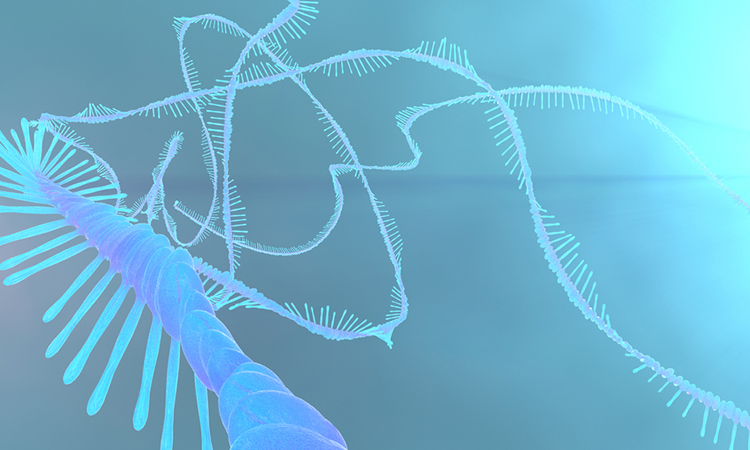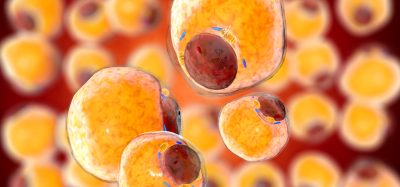Novel mRNA vaccines developed against Zika and HIV-1 viruses
Posted: 30 March 2023 | Izzy Wood (Drug Target Review) | No comments yet
US scientists have developed new mRNA vaccines for Zika virus and HIV-1 that produce a strong mother-to-child transmission of antibodies, in rabbits.


A recent collaboration between Herman Staats of Duke University School of Medicine and Noah Sather of Seattle Children’s Research Institute, US, looked at the newly developed mRNA vaccines against Zika virus and HIV-1, that produced strong antibody responses that transferred from pregnant rabbits to their offspring,
Published in Molecular Therapy, the results support further development of their vaccine platform, LIONTM/repRNA, for maternal and neonatal settings to protect against mother-to-child transmission of pathogens in animals and humans.
The US Food and Drug Administration (FDA) has authorised mRNA vaccines for children aged 6 months and older, and preliminary findings in pregnant women have shown no obvious detriment.
“Preventing mother-to-child transmission is a major goal for reducing disease burden in new-borns,” said senior author Amit Khandhar, a material scientist at HDT Bio Corp.
“With mRNA vaccines attracting global attention, there is a need to evaluate their safety and immunogenicity in preclinical models that inform maternal and childhood vaccination.”
The scientists wanted to evaluate self-amplifying replicon (repRNA) vaccines. The researchers delivered the vaccines with their clinical-stage LIONTM nanoparticle formulation in pregnant rabbits by using Zika virus and HIV-1 as model disease targets. These two pathogens play a major role in causing infections in new-borns after mother-to-child transmission.
The repRNA vaccines encode viral enzymes that amplify the expression of a gene of interest by 10- to 100-fold over non-replicating mRNA, providing dosing and manufacturing advantages.
The proprietary LIONTM delivery technology is a stable oil-in-water nanoparticle emulsion that electrostatically binds and protects nucleic acids, in contrast to lipid nanoparticle formulations, which encapsulate RNA. Because LIONTM is stored independent of repRNA, it has plug-and-play functionality, allowing for rapid evaluation of new repRNA vaccine constructs such as those recently developed to address emerging SARS-CoV-2 variants.
The results showed that repRNA immunisation at a relatively high dose was well tolerated and had no detrimental impact on litter size. The LIONTM/repRNA vaccines also triggered robust antigen-specific antibody responses in adult pregnant rabbits that were likely passively transferred to offspring in utero.
“While the strong correlation in both the magnitude and quality of antibody levels between mothers and new-borns suggests that the antibodies detected in kits were likely acquired passively from mothers, we cannot completely rule out the possibility that the vaccine administered to mothers may itself distribute to kits and actively induce antibody responses,” Khandhar explained.
It was also discovered that the timing of maternal vaccination was critical for maximising antibody transfer, and subsequent vaccination in new-borns maintained elevated antibody levels in comparison to no vaccination. In addition to optimised maternal vaccination timing, active immunisation in new-borns might be required for maintaining overall antibody responses in infants after birth.
The team says more research is needed to determine whether RNA-based maternal vaccines can afford protection against infection by mother-to-child transmission.
“For instance, the immunisation intervals we used were not optimised and will likely not translate to humans due to differences in the gestation periods between rabbits and humans,” Khandhar concluded.
“Further studies will be needed to test boosting intervals and the durability of antibody responses to maximise passive antibody transfer to new-borns. Lastly, additional studies designed to measure safety signals in maternal and neonatal models will be needed before advancing to clinical evaluation.”
Related topics
Antibodies, Genetic Analysis, microRNA, Vaccine
Related conditions
HIV-1, Zika virus
Related organisations
Herman Staats of Duke University School of Medicine, Noah Sather of Seattle Children’s Research Institute
Related people
Amit Khandhar








